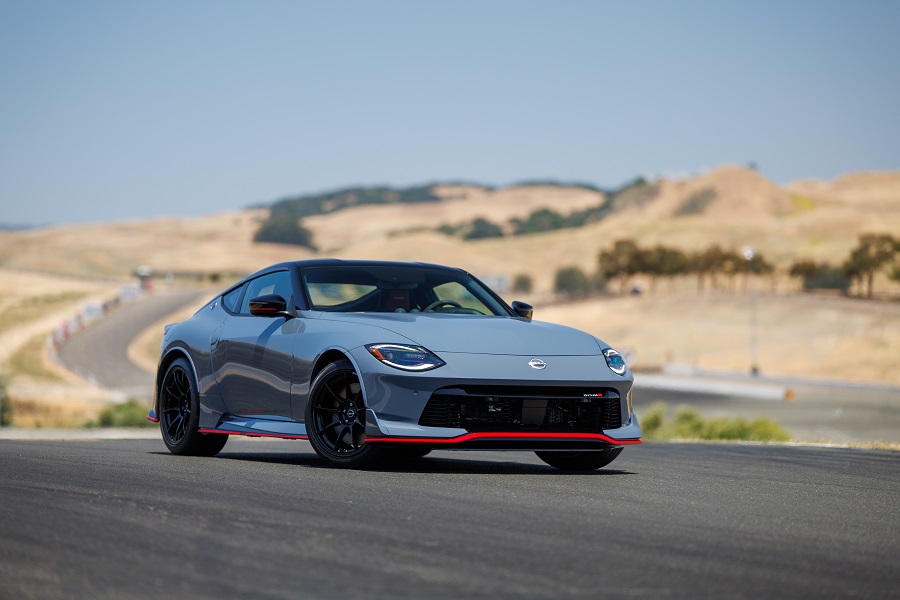The initial spec sheet for the Nissan Z Nismo suggests that it might disappoint as much as the base car, but can it redeem itself in practice?
It’s no secret that despite plenty of enthusiasm for the concept, the new Nissan Z has become something of a problem child for Nissan. When the motoring press got their hands on the Z, it was met with harsh reviews due to perceived shortfalls in the handling department. That, potentially combined with the issue of dealer mark-ups, has meant that the Z has had a slow start to life – be it on the track, at modified car shows, or dealer forecourts.
However, when the Japanese marque released a teaser for a new Nismo variant of the Z, a new lease of hope was injected into the car’s fanbase. Unfortunately, that hope was replaced with yet more skepticism, pretty much as soon as the news dropped. Here’s why…
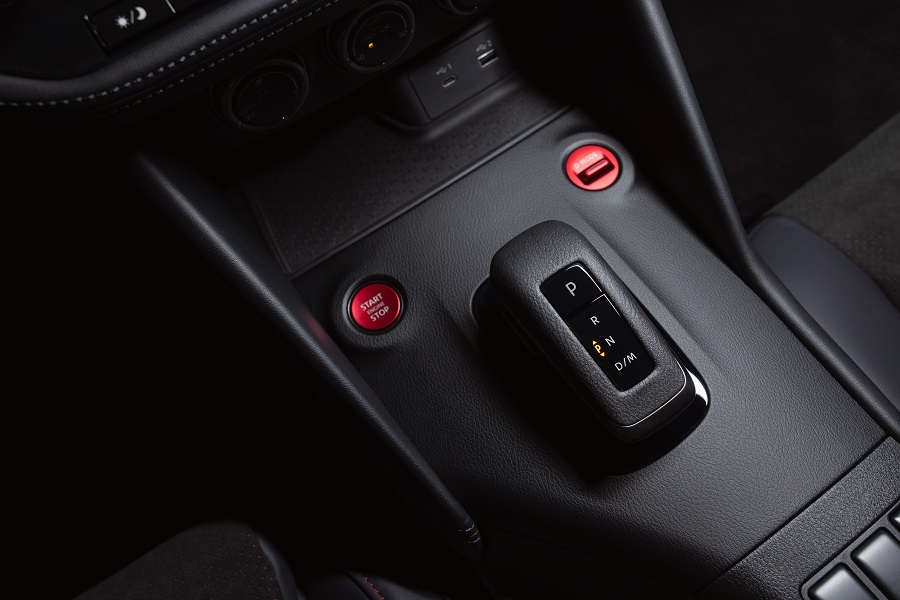
Is the Nissan Z Nismo Auto Only?
Ever since that initial teaser, there have been whispers suggesting that the Nissan Z Nismo – the most driver-focused variant of them all – will only be available with an automatic gearbox. Naturally, for those of us who enjoy having full control over our car’s performance, that came as a bit of a blow. And, now that the Nissan Z Nismo has been rolled out to journalists, it’s confirmed – it’s auto-only, folks.
On the surface, that decision seems perplexing. But Nissan aren’t mugs, so how have they got it so wrong? Well, according to Paul Hawson – the guy in charge of product planning, they haven’t.
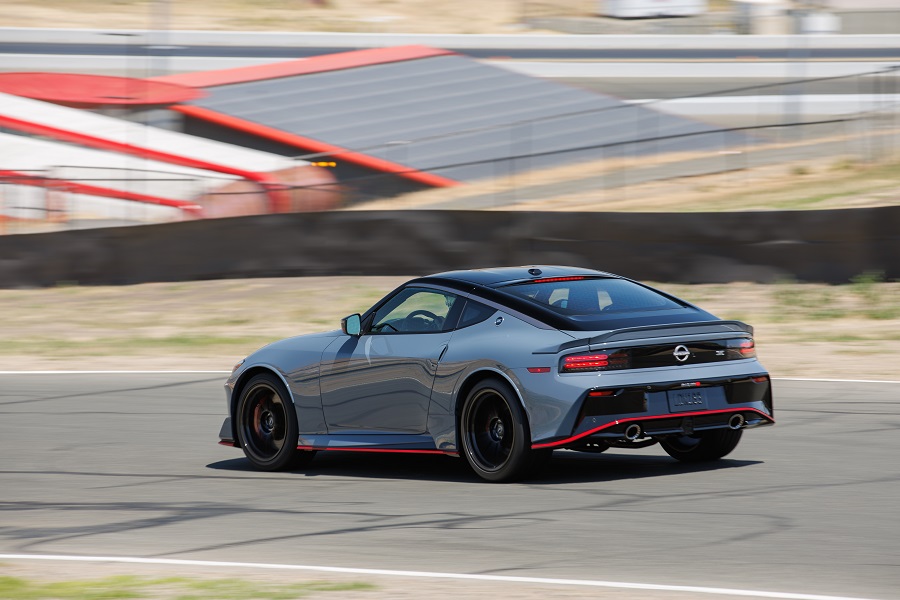
Fun vs Function
In conversation with Motor Trend, Hawson states that the shift to an automatic transmission is actually consumer-led. He argues that, according to customer research, potential Z Nismo buyers care more about getting quicker lap times than they do about anything else. Given the capabilities of modern auto boxes, if speed is the ultimate goal then that’s the way to go. In a straight line, the automatic base Z is marginally quicker over a quarter-mile compared to the manual variant, and that trend is likely to translate onto the track. This is especially true now that the Z Nismo has a new Sport+ driving mode. Essentially, this sharpens up the shift responsiveness, so much so that Nissan claim drivers won’t even need to use the paddle shifters on track and instead just leave it up to the car.
And there lies the problem, a problem which so many modern cars fall into the trap of. As enthusiasts, I think it’s fair to say that a large group of us don’t want manufacturers to keep stripping away the connection between car and driver. Sure, innovations like this make it much easier to reach our common target of going faster, but in the process it rips the soul out of the machine. Dare I say it, it rips a lot of the fun out too, and surely that’s what these enthusiast cars are meant to be about?
I don’t know about you, reader, but I’d rather be going slower in a more responsive car, than faster in one which felt like it was doing the job for me. But hey, if Nissan’s customer research is anything to go by, perhaps I’m a minority. Maybe only the end result matters anymore, not how you got there.
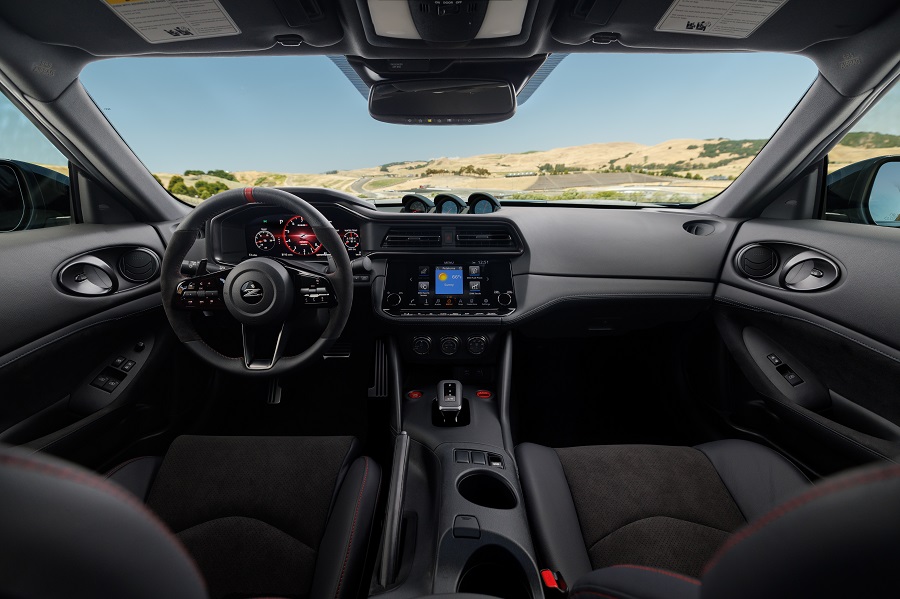
Power vs Weight
Another criticism which has been aimed at the Nissan Z Nismo is the fact that of all the new Z variants, the Nismo is the heaviest, weighing in at 3704lbs (1680kg) – 218lbs (99kg) heftier than the lightest model. While that’s a trajectory which is certainly going in the wrong direction, it’s not a totally irredeemable weight gain. The reason being is the source of the weight. Supposedly, the pounds have piled on due to extra chassis bracing, enhanced oil capacity & cooling, and a larger set of front brakes – all of which are good things! The revised structural work gives that car a 2.5% increase in torsional rigidity, and better oil and brake performance will be helpful on track.
As an extra sweetener, The Nissan Z Nismo also benefits from a tuned engine. Extra boost from its twin turbos as well as improved cooling have resulted in a gain of 20 horsepower and 34 lb ft of torque, elevating its performance figures to 420hp and 384lb ft respectively. That extra kick ensures that the Z Nismo has a better power-to-weight ratio than the automatic Z Performance.
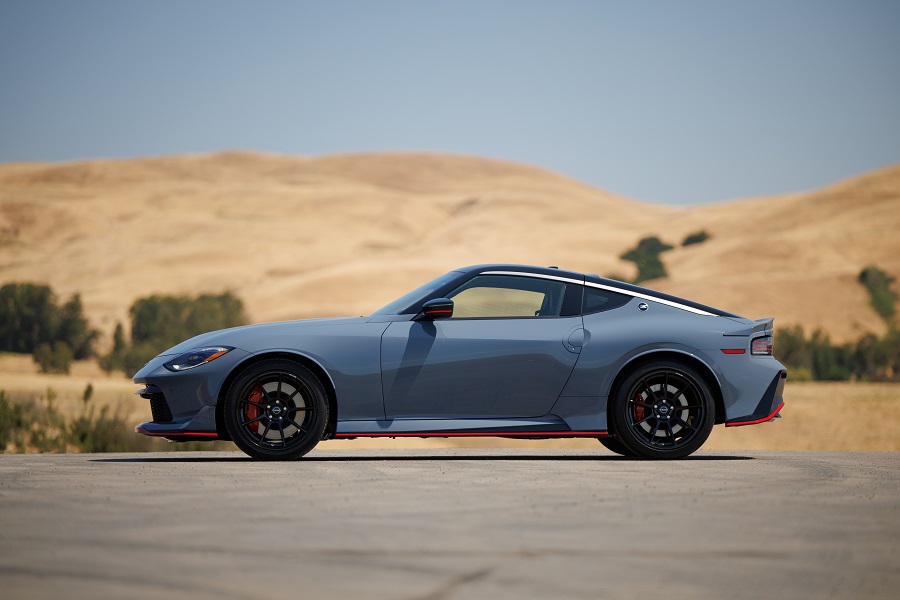
Missed Opportunity
For me, the disappointment here doesn’t lie with the fact that Nissan has added things which raise the car’s kerb weight, but instead it’s more about their apparent disinterest to counteract that with any sort of weight-saving. Sure, the new Nismo wheel rims are a bit lighter, but that’s about it. If they’d gone this extra step further, the Nismo Z would undoubtedly be a better car for it. Let’s not forget, the heaviest variant of the Toyota GR Supra tips the scales at just 3373lbs (1530kg) and although its 40hp down on the Nismo, it wouldn’t be a surprise to see it remain the quicker of the two around a track. After all, weight kills agility.
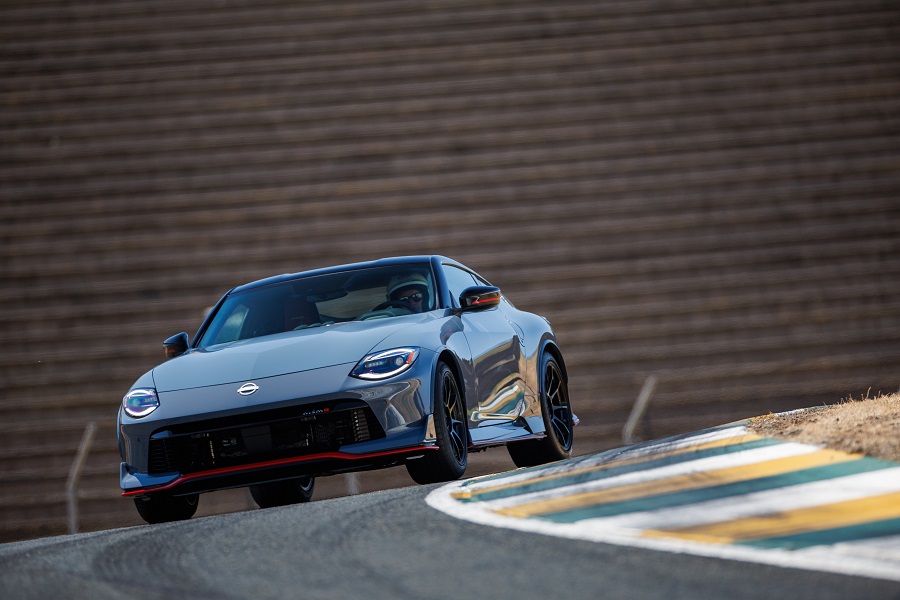
Handling Improvements
Despite foregoing the need to save weight, Nissan has at least spent a lot of time considering other ways to improve the way that the car handles. This is often one of the biggest gripes that people have with the base car, but the following revisions should help with that.
As we’ve already mentioned, this car is stiffer and better equipped for heavy braking, but in addition, Nissan has introduced unique stabilizer bars, a stiffer spring rate and larger, retuned dampers. Meanwhile, its new RAYS 19-inch wheel rims come wrapped in wider Dunlop® SP SPORT MAXX GT600 tires (285/35R19).
So, to answer the question, “Can the Nissan Z Nismo be saved?”, there are certainly some elements to give people hope. For now though, we’d temper that optimism with a heavy dose of caution. The truth will only emerge once you get behind the wheel yourself.

